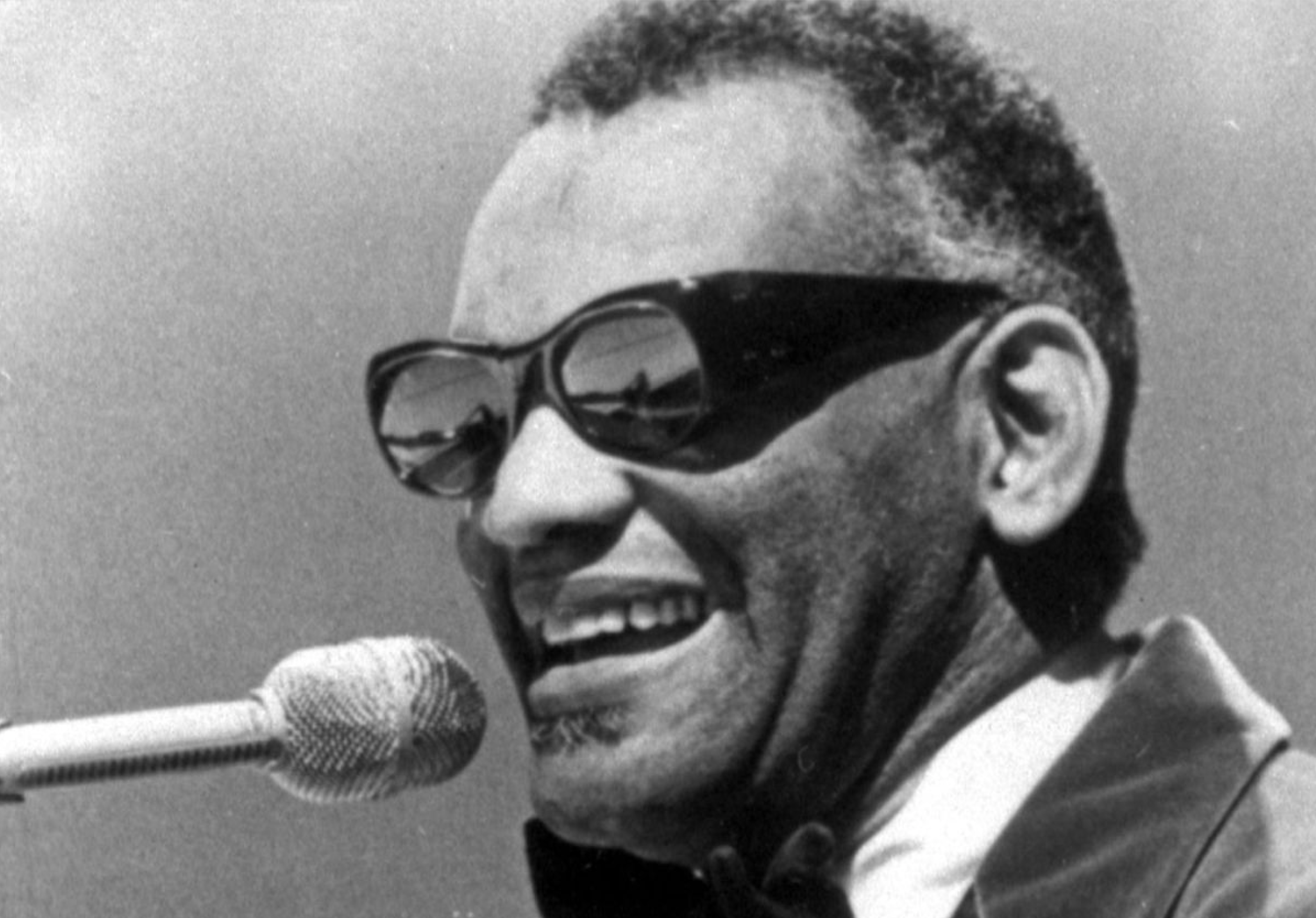Nicknamed “The Genius” for his ability to weave musical genres together and excel in all areas of performance, Ray Charles was a distinctly American legend. Although he grappled with blindness, drug addiction and physical ailments, Charles never lost his desire to perform and innovate, which won him a devoted fan base and critical acclaim throughout his career.
Ray Charles’ Early Days
Born Raymond Charles Robinson on Sept. 23, 1930, in Albany, Ga., Ray Charles’s inclination toward music was evident quite early: he learned to play the piano before he was 5 years old. In an interview, Charles said, “I was born with music inside me … And from the moment I learned there were piano keys to be mashed, I started mashing ’em, trying to make sounds out of feelings.”
Charles’ love for music blossomed despite the stark poverty that colored his early years. His father was a largely absent figure, and he witnessed the tragic drowning of his younger brother when he was only 5. He was afflicted with glaucoma and went blind by age 7, but continued his musical studies. He idolized his mother for her part in helping him cope with his ailment; she worked hard to ensure that, despite his blindness, he would be self-sufficient.
She also managed to get him accepted as a charity student at a school for deaf and blind children in St. Augustine, Fla., where they had moved. There, he played a variety of instruments, learning the saxophone, clarinet, trumpet and organ, and improving his skills on the piano. Charles also familiarized himself with both classical music and jazz and worked in several bands. His mother died when he was 15. Devastated, he took $600 and moved to Seattle to try to make it as a singer.
Charles’ Notable Accomplishments
But his string of hits temporarily halted in 1965, when he entered rehab for heroin use. After a year of treatment, he was back in show business. He continued exploring different types of music, displaying his virtuosity in rock and country.
His biography from the Kennedy Center, where he was honored in 1986, notes that Charles was as comfortable as concert pianist as he was crooning at a jazz club. In his own words: “Good music is good music. I don’t care if it’s Beethoven, Chopin, blues, rock. Music’s been around a long time, and there’s going to be music long after Ray Charles is dead.”
Two years after being honored at the Kennedy Center, Charles won the Grammy Lifetime Achievement award, and in 1993, he received a National Medal of the Arts from Bill Clinton. And of course, Generation Xers will remember him as the voice of Diet Pepsi.
He also distinguished himself as a philanthropist, founding the Ray Charles Robinson Foundation devoted to auditory research to help those who suffered from hearing problems.
The Rest of The Story
Toward the end of his life, Charles’s passion for music remained strong, as did his desire to explore genres and keep up with contemporary styles. He engaged in several collaborations with famed performers of all types. He expressed a desire to keep singing until he died, telling The New York Times, “I’m like Count Basie or Duke Ellington. Until the good Lord calls my number, that’s what I’m going to do.”
A year before his death in 2004, Charles underwent successful hip replacement surgery and had plans for several performances. But complications from liver disease interfered, taking the life of the legendary and versatile musician at the age of 73.
Charles’ life is celebrated in the film “Ray,” starring Jamie Foxx, who won an Academy Award for his portrayal of the music icon.











